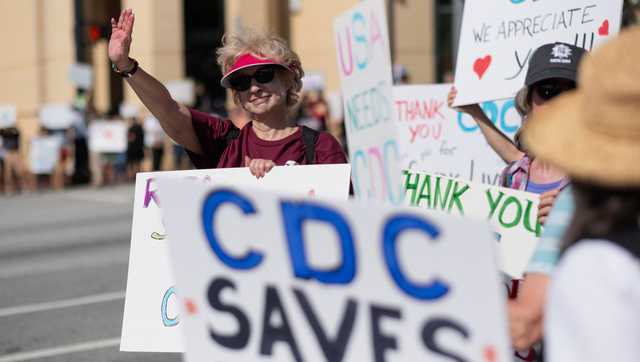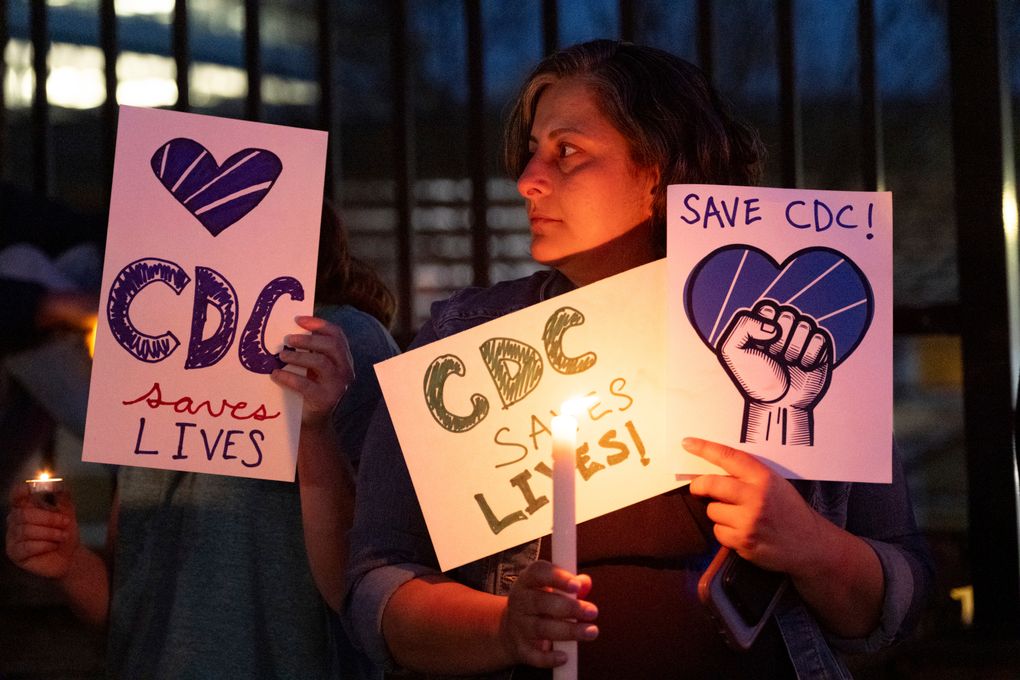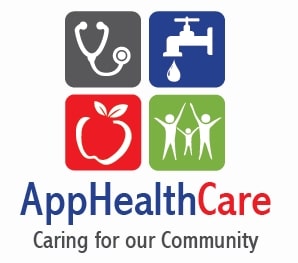Crisis Lifeline 988: Why Mental Health Apps Are Falling Behind

A recent study has uncovered a concerning trend in mental health apps: most fail to provide adequate crisis support resources, leaving vulnerable users without critical lifeline information. Researchers found that the majority of mental health applications either neglect to mention the 988 Suicide and Crisis Lifeline or offer outdated and potentially misleading contact details.
The investigation reveals a significant gap in digital mental health support, highlighting the urgent need for app developers to prioritize accurate and up-to-date crisis intervention resources. With millions of users relying on these apps for mental health guidance, the lack of proper referral information could potentially prevent individuals from accessing life-saving support during critical moments.
The 988 Suicide and Crisis Lifeline, a nationwide network providing immediate mental health crisis support, should be a standard feature in any mental health application. However, the study demonstrates that many apps are falling short of this essential responsibility, potentially putting users at risk when they are most vulnerable.
As mental health awareness continues to grow, this research serves as a crucial wake-up call for app developers, emphasizing the importance of integrating reliable, current crisis support information into their platforms.








